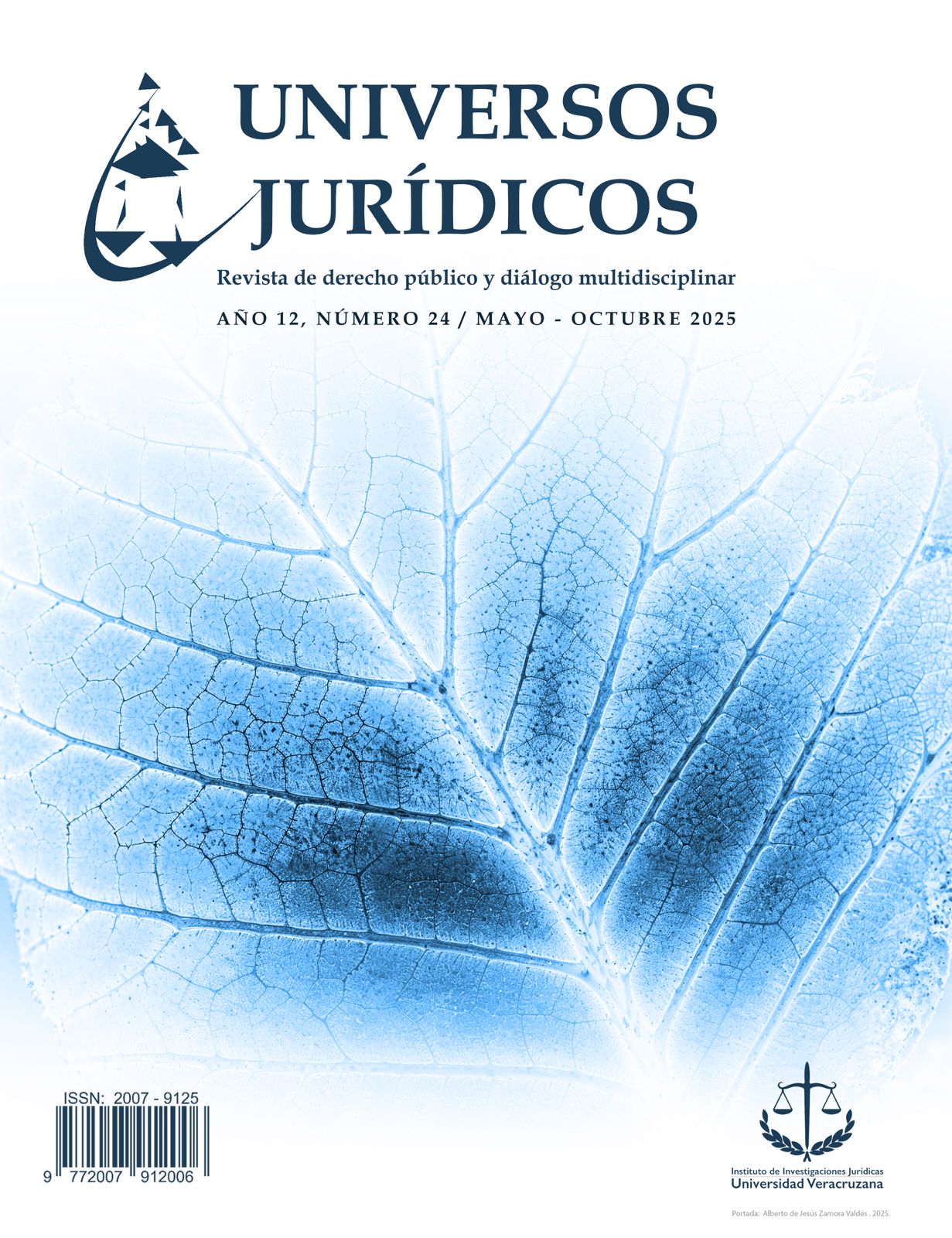Abstract
There are various classifications that allow different types of violence to be identified; however, there is no general consensus. Some scholars classify violence based on the perpetrator, others on the degree of harm it causes, and others on the means used to carry it out, therefore, it is relevant to establish a classification, approaches and types of violence, taking into account the various factors that converge for its analysis and understanding, in order to generate a typology that allows a better understanding of the phenomenon of violence, in this order of ideas, The Azuara model emerges, which classifies violence into three large categories, which in turn are divided into eleven general approaches, which result, up to this point, in one hundred and fifty-four types of violence that have been identified, which enables a better analysis and understanding of the different aspects of violence and its impact on people and society, serving as a guideline that provides a series of delimited and defined guidelines that can be used to identify, generate, perfect, establish or modify the different modalities of violence that have been recognized.
References
OpenAI ( 2024c ), ChatGPT version 3.5, version May 30, response to the prompt : “Explain and describe the meaning of the acronym LGBTTTIAQ + that re-fers to the sexual diversity community”, located at https:// chat.openai.com /
General law on the rights of girls, boys and adolescents.
Law on the rights of older persons.
Báez Corona, J. F., Jonjitud, Zamora Jaqueline, (2014). La influencia de la co-rrupción sobre el derecho a una educación de calidad. Un estudio de correlación. Prolegómenos. Derechos y Valores, 23(46), 9-24. https://doi.org/10.18359/dere.787
Bank (2016), Indigenous Peoples, https://www.worldbank.org/en/topic/indigenouspeoples
Political Constitution of the United Mexican States.
Migration law.
UN (2024), International Standards Governing Migration Policy, https://www.ohchr.org/en/migration/international-standards-governing-migration-policy
National Human Genome Research Institute (2024), Race , https://www.genome.gov/genetics-glossary/Race#
Morales, Diego, Rodríguez, Jimena, Iturriaga, Eugenia and Gall, Olivia (2020) Do “human races” exist?, https://surxe.sdi.unam.mx/media/attachments/2022/08/29/c1_existen_las_razas_humanas_01_comp.pdf
Vázquez-Azuara, Carlos Antonio (2017), Digital Sociology, Mexico, Flores Editor and Distributor.

This work is licensed under a Creative Commons Attribution-NonCommercial-ShareAlike 4.0 International License.

